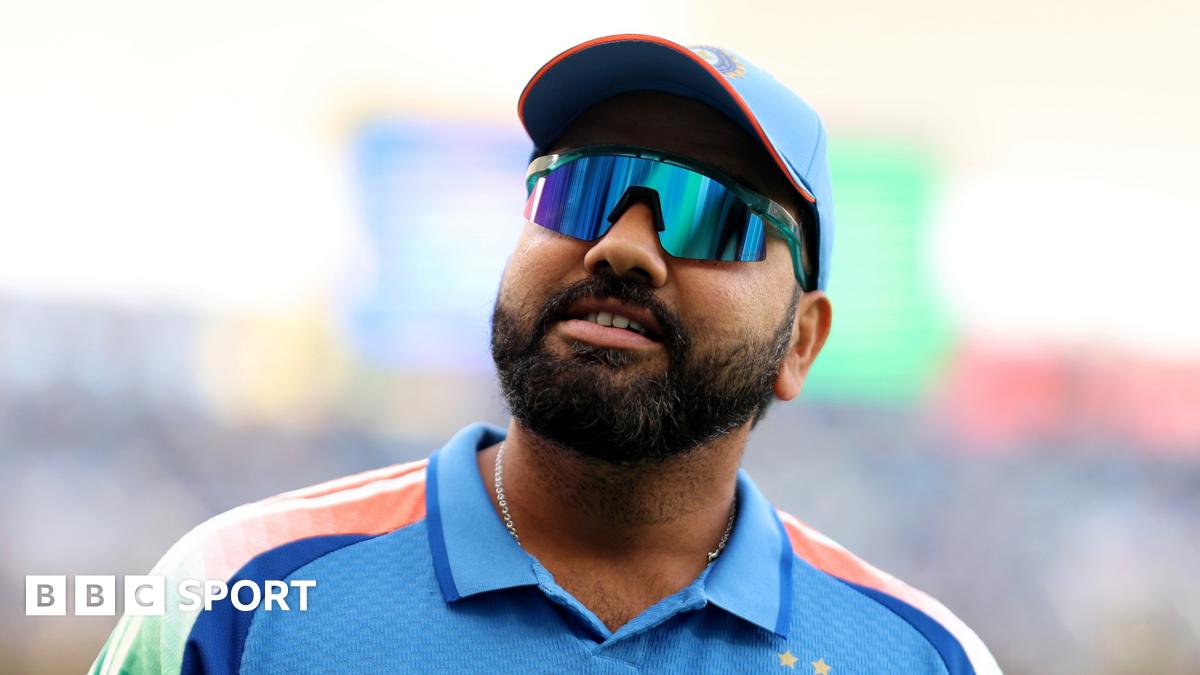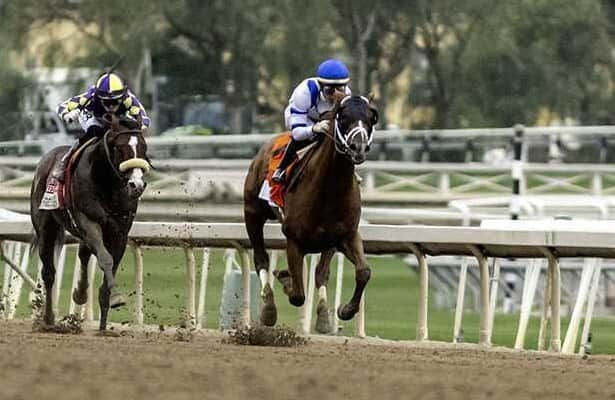Test cricket in Kanpur: India favourites to continue 41-year streak; R Ashwin has Kapil Dev’s record in sight

India will be looking to seal a series whitewash when they host Bangladesh for the second Test at the Green Park Stadium. The match is scheduled to start on September 27 and could reportedly feature a pitch that could give significantly lower bounce and carry than what was the case at the Chepauk Stadium for the first Test.
Green Park was among the host venues for when England toured India for the first time since the country gained independence from the British Raj in 1951/52, hosting its first international match from January 12 to 14, 1952. India lost that match by eight wickets and then lost to the West Indies in December 1958 by 203 runs. Their first victory at Green Park came at the next Test hosted at the venue, when they beat Australia by 119 runs in December 1959.
The era of drawn Tests in Kanpur
Dull, drawn Tests played on lifeless pitches were a feature of Green Park for the longest time. In fact, seven consecutive Tests were drawn in the 19 years that came after India’s victory over Australia. This streak was broken when India beat Australia 153 runs in October 1979. It was in one of these drawn Tests that India scored 676/7 against Sri Lanka in December 1986, which remained the team’s highest Test score until March 2004 when the record was broken in Multan, Pakistan. Just two innings were possible, with India batting for almost three full days after Sri Lanka batted first and were all out for 420.
India’s dominance in recent years
The frequency of Test cricket in Kanpur dwindled after the turn of the century, with the last two matches at the venue coming in 2021 and 2016, both against New Zealand. However, the age of the drawn Tests seem to be over for now with India winning five of the seven Tests held at the Green Park since 1996. That said, the last Test to be played here was drawn but it was a thrilling affair with New Zealand managing to stay alive despite being reduced to their last wicket.
The last time India lost in Kanpur was back in October 1983, when the mighty West Indies led by Clive Lloyd, smarting from the wounds of the defeat to the hosts in the final of the World Cup just a few months earlier, thrashed them by an innings and 83 runs.
Individual records
Gundappa Viswanath is the highest run scorer, having made 776 at an average of 86.22 between 1969 and 1982. He has also scored three centuries which is the most by a batter at the ground. The latter record is held jointly though, with Mohammed Azharuddin also scoring three centuries in Kanpur between 1985 and 1996.
Among the players in the current Indian team, Ravindra Jadeja is the highest run scorer having made 142 runs on the two Tests he has played. In fact, New Zealand’s Tom Latham is the highest run scorer at the ground overall among active international cricketers, having scored 207 runs in three Tests.
Kapil Dev is the highest Test wicket-taker in Kanpur with 25 scalps. Ravichandran Ashwin has 16 wickets here and with the pitch expected to be tilted towards spinners, he could end up equalling or even surpassing Kapil’s record in the second Test against Bangladesh.
Related
India cricket: Rohit Sharma says Champions Trophy venue not an…
Captain Rohit Sharma has rejected suggestions that India playing all of their matches in Dubai gives them an advantage in the Champions Trophy.India, who face A
The Hundred 2025: James Anderson enters draft
Legendary former England fast bowler James Anderson is aiming to play in The Hundred for the first time after entering the draft for this year's tournament.The
Cricket West Indies President Visits Peru | Windies Cricket news
Cricket West Indies President Visits Peru A Pivotal Step Towards International Collaboration and Cricket DevelopmentLIMA, Peru
‘Cricket is our religion’: Yograj Singh blasts Shama Mohamed over…
Former cricketer Yograj Singh has responded strongly to Congress spokesperson Shama Mohamed's controversial comments about Indian captain Rohit Sharma.Yograj












